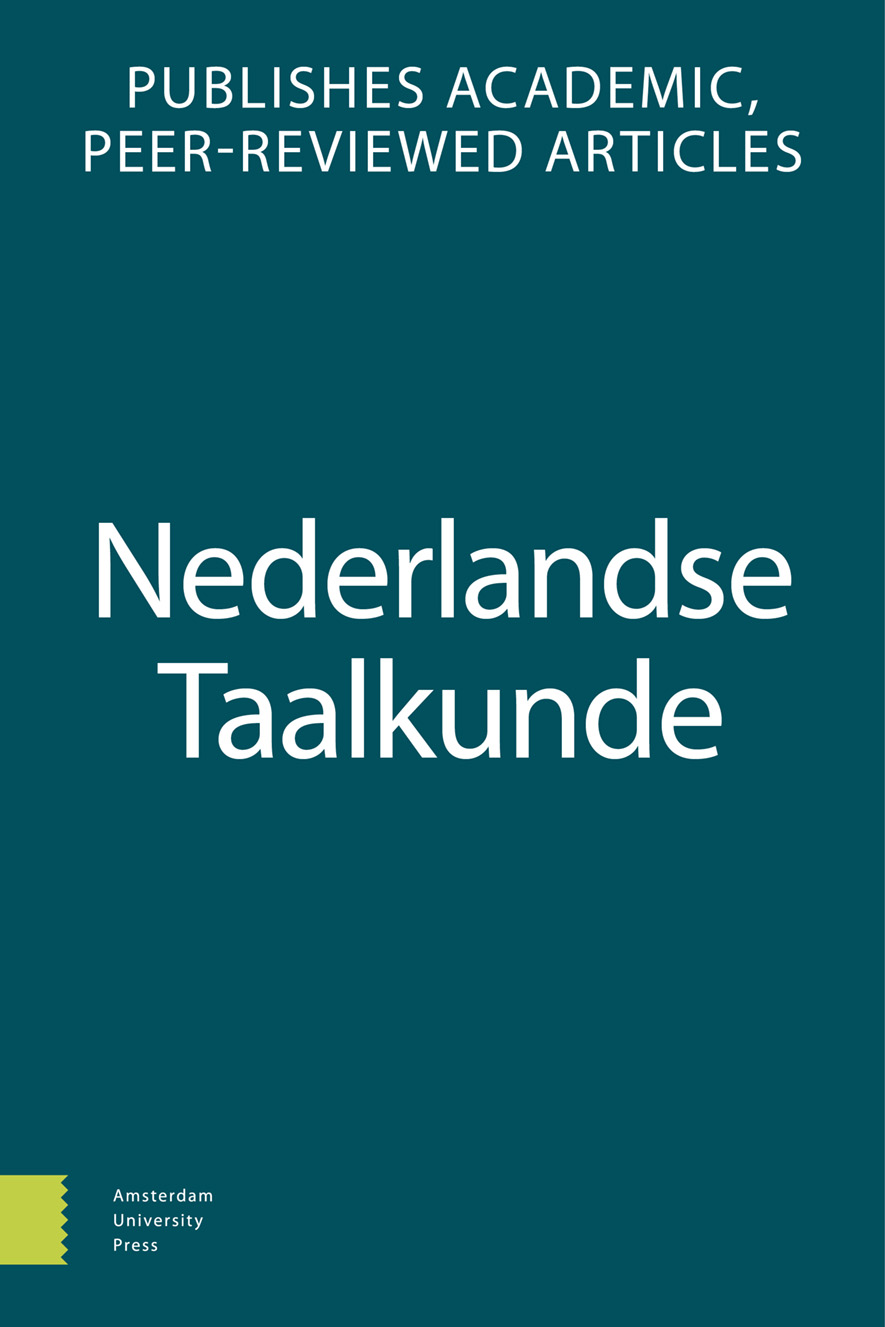-
oa De historische ontwikkeling van de tussenklank in Nederlandse nominale samenstellingen
- Amsterdam University Press
- Source: Nederlandse Taalkunde, Volume 16, Issue 2, Jul 2011, p. 120 - 140
Abstract
The distribution of linking elements in Dutch nominal compounds seems erratic at first glance. The literature attributes this to the origin of the linking elements as case markers. When the decay of the case system set in, these markers were retained in compounds but gradually lost their meaning. This allowed the case markers to spread to compounds with a paradigmatically incongruous first element and to acquire their new functions as plural ending and prosodic element. This sketch suggests that the decline of the case system was the main factor in the development of the linking elements. We argue against this view. The loss of case does not overtly correlate with the increase of linking elements. Furthermore, already in Middle-Dutch, the linking element had a prosodic function. The loss of case can only partly account for the spread of linking elements. We hypothesize that an equally important factor is the presence of head-initial stress, which also set in motion the decay of the case system. The erratic distribution of the linking elements is the result of an interplay between phonology, morphology and semantics.


